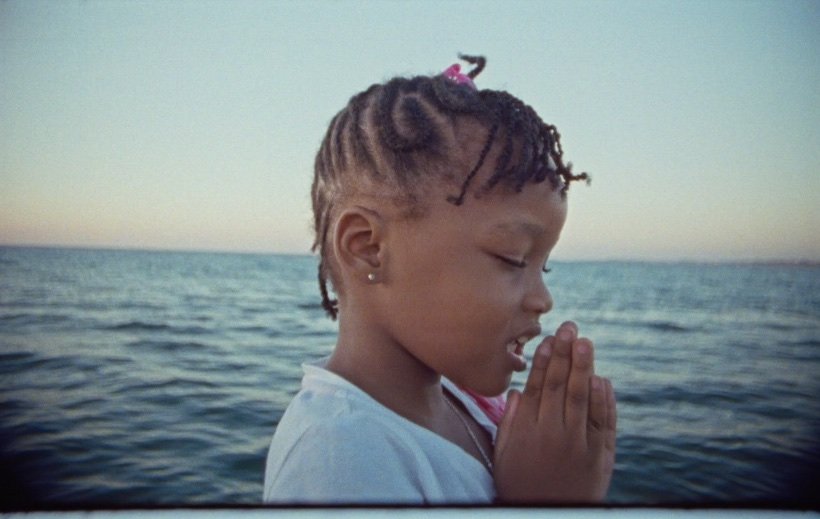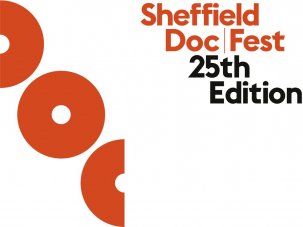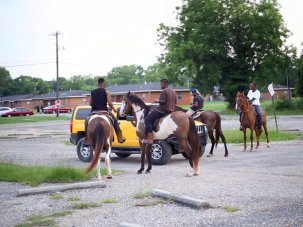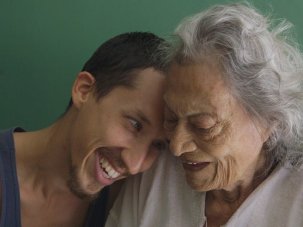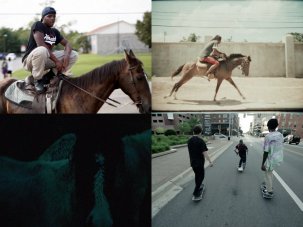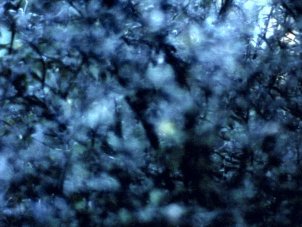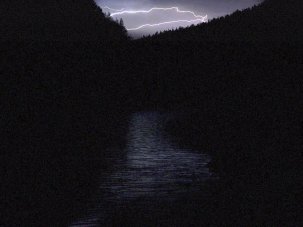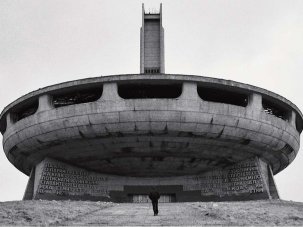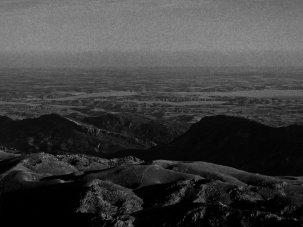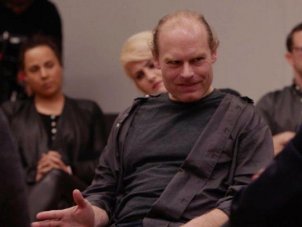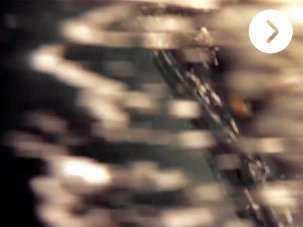When Sheffield Doc/Fest appointed Luke Moody as the Director of Film Programming last year, it was a statement that it was aware of changing tides in documentary waters. In this golden age for the medium, festivals around the world have begun to embrace less conventional forms of nonfiction expression and new festivals that focus primarily on more knotty, hybrid fare are popping up all the time.
The 25th Sheffield Doc/Fest ran 7-12 June 2018.
As such, Moody’s established taste gave a clear new direction and the 2017 edition of the festival showed signs of a move towards a more creative programme, particularly via the Doc/Visions strand and the Art Doc Award. The 2018 lineup makes those intentions even clearer. As challenging forms begin to filter into the programme at large, Doc/Visions has been allowed to continue its work on the more esoteric end of the spectrum, exploring films that push at boundaries and seek to craft new documentary language.
This was particularly true of Nathaniel Dorsky’s Arboretum Cycle and Scott Barley’s Sleep Has Her House – the two most stridently esoteric films I saw at the festival, which both explored in different ways the effect of light on the natural world as experienced by a camera lens. Dorsky’s series of seven shorts is like a transcendental photosynthesis occurring on screen, as he shoots plants in closeup, constantly adjusting focus and exposure to create a dance of light that transforms into almost-hallucinatory cinema. On the other end of the spectrum, Barley’s film is a study of landscapes in the near dark – a forbidding moodscape captured on iPhone and seemingly wrestling with externalised psychology as a storm builds across its runtime.
Psychology also came to the fore in Leigh Ledare’s True/False hit The Task, which probes group dynamics, performative tendencies and the objectivity of documentary in what appears at first glance to be an observational affair. Its gradually revealed layers were perhaps emphasised by seeing a late-night repertory screening of Peter Watkins’ gargantuan monochrome re-enactment from 2000, La Commune, Paris 1871, which addressed similar ideas among its many concerns.
Where notions of performance are teased out in Ledare’s piece, they are explicitly imposed in Ismael Caneppele’s Music When the Lights Go Out, which took home the festival’s Art Doc Award.
In the film, Emelyn, a teenage Brazilian girl in a small town, is convinced to take on the role of Bernardo by a visiting film director (Júlia Lemmertz) – a clear proxy for Caneppele. Through striking crepuscular images and nighttime encounters the dual identities ebb and flow. Form seems born of function. In one memorable sequence, a road is lit only by a car’s rear lights, a landscape disappears into darkness as it moves forward while Bernardo calls into the void for Emelyn.
Music When the Lights Go Out trailer
The porous boundary between filmmaking modes is traversed as regularly and fluidly as the one between Emelyn and Bernardo. This ephemeral work actively employs the uncertainty of the medium to explore equally challenging ambiguities around identity, gender, sexuality and the threshold between childhood and adulthood.
There are similar elements at play in Evangelia Kranioti’s fascinating and evocative Obscuro Barroco, which presents Rio de Janeiro as a city of transformation, a place entwined with transgender identity and consumed by carnival burlesque. As with Emelyn, Rio is mid-metamorphosis, attempting to understand itself. Kranioti attempts to assist it through a narration from trans activist Luana Muniz which uses the writing of Clarice Lispector to discuss personal and political liberation: talk of coups and battles couldn’t help but once again recall Watkins’ La Commune and Kranioti’s film seeks to create as radical a sensibility. The film explores physiques, costumes, sprawling cityscapes and moments of expression and release – an image of slick bodies emerging from swimming in the sea at night as fireworks explode overhead is one that lasts long after the film’s own hypnotic crescendo.
Obscuro Barroco trailer
If Obscuro Barroco is the hybrid doc take on a city symphony, then Josh Appignanesi’s Female Human Animal is the hybrid doc take on 80s psychosexual thrillers – though quite how much is nonfiction remains a mystery. The film blurs the line between fact and fiction as a real-life exhibition at the Tate of surrealist Leonora Carrington’s work is curated by novelist Chloe Aridjis, who knew the artist.
From this point Appignanesi seems to dispense with the real in favour of the surreal, following Chloe on a voyage of obsession as she begins to encounter a mysterious man around the gallery. Filmed on a rare video camera, the images have a peculiar colour tone to them that complements the trashy thriller quality that the narrative apes.
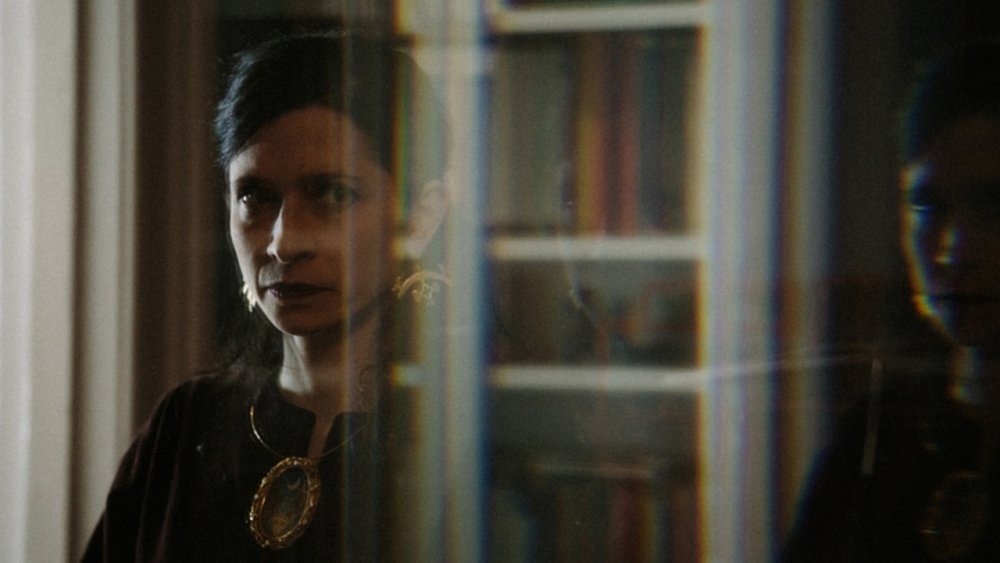
Female Human Animal (2018)
It’s a distinctive feature that also stood out in Sandi Tan’s Shirkers, which cuts in long-thought-lost footage of a precocious and vivid indie-teen movie shot in Singapore in the 90s with the story of the film’s shoot and the subsequent disappearance of the film canisters. It also centres around a mysterious man, and Tan deftly weaves backwards and forwards from real-life recollections to now-found material that still hums with vibrancy over 20 years later.
Found footage of an entirely different kind is used to compile Dominic Gagnon’s Going South, a 100mph YouTube mash-up. Gagnon’s conceit is to make a tetralogy of films taking in “the cardinal points of the internet in the post-truth era”. The notion is that everything is true online (‘my truth’), so the director’s journalistic treatment of the contemporary world is to construct a frenzied, utterly subjective portrait of the ‘South’ made up of clippings from a vast array of online videos. These explore a range of different takes on the title/theme, from the literal to the metaphorical.
Going South trailer
Videos show tropical storms in the geographic south or men offering sex tourism advice to Westerners intending to travel there. Images from GoPro cameras careering down waterslides wrestle with explanatory lectures from proponents of flat-earth conspiracies that seem to oppose the fundamental idea of the compass. Narcissistic personal vlogs seem to have no clear relevance, but when you consider the meaning of the title in the sense of ‘going bad’ one can certainly see Gagnon’s disapproving expression in this age of ubiquitous selfies, social channels and an increasingly less objective news media.
Despite its furious political perspective, Gagnon’s film is too oblique to be considered intervention – thought that might perhaps be the best description for the screening of Khalik Allah’s Black Mother that I saw at Doc/Fest. I’d originally watched the film when it opened the Frames of Representation festival earlier in the year but was intrigued to see how it would play with a live score crafted in response to the film by Brixton-born musician Gaika.
Allah’s incredible eye for visuals, and the poetic nature of his edit, feel like they would make the perfect accompaniment to live music, but in fact rather than synergy the performance bristled with tension – for instance between the spiritual imagery of Jamaica (where the film was shot) and Gaika’s vocal religious indifference (“Warning: Jesus will not save you”). Indeed, some of the elements of Black Mother that have drawn criticism, particularly with regards to the portrayal of black women, are exacerbated by not being able to hear the aural context for the images – Allah’s film relies heavily on its soundscape. Both the film and the music were interesting in their own rights, but the confluence of the two mostly served to underline the importance of audio to Allah’s vision.
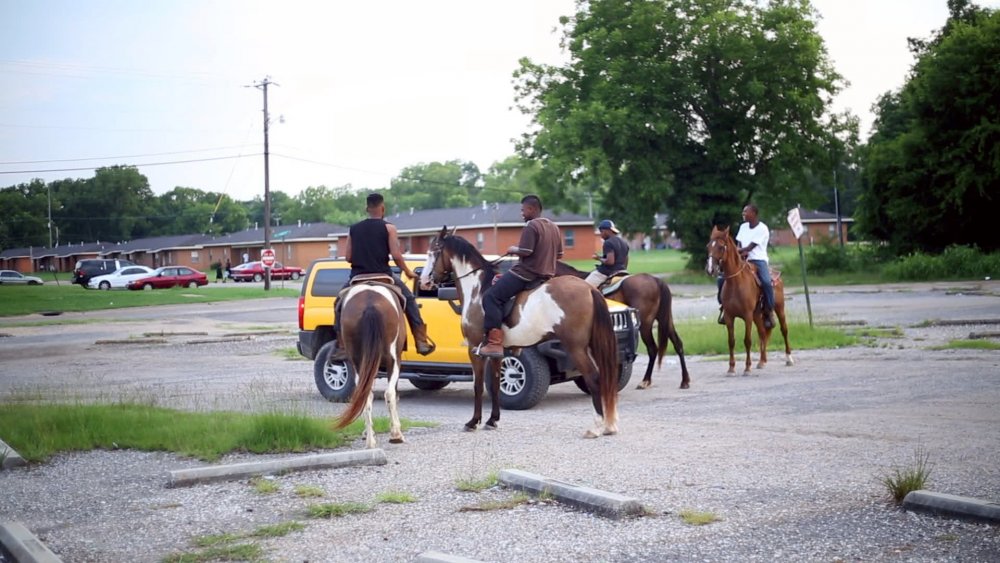
Hale County This Morning, This Evening (2018)
A film that reminded me of Black Mother was RaMell Ross’ Hale County This Morning, This Evening. Both are poetic examinations of place that use intuitive overtonal montage rather than narrative to give their film structure. These perhaps feel all the more refreshing when compared to the more traditional – though no less engaging – observational films in the Doc/Visions strand such Xiao Xiao’s meditative traverse around a remote Chinese village in Turtle Rock, or the familiar crowd-watching of Sergei Loznitsa in his new film about the ex-Soviet celebrations at Berlin’s Treptower Park for Victory Day.
In Hale County, Ross ostensibly follows the lives of several African Americans living in the eponymous region in Alabama, but he doesn’t do this in a traditional documentary sense. Instead, he uses associative editing to create meaning and atmosphere that seems to permeate screen, subject and viewer alike. He cuts for matching colours, or from a misty road to the smoke moving across a dance floor. In doing so he weaves a tapestry of Hale County, so that when he then shares an intimate moment with his subjects – and the intimacy makes clear his close relationships with those he’s filming – it is moving as well as lyrical and visually striking.
What also makes Hale County such an admirable and important work is Ross’ ability to capture the mundanity of African American lives. This isn’t just a work of subtlety and empathy but presents young black American men in quotidian moments that are far too seldom portrayed on the big screen.
Listen to our podcast:
Six highlights of Sheffield Doc/Fest 2018
-
The Digital Edition and Archive quick link
Log in here to your digital edition and archive subscription, take a look at the packages on offer and buy a subscription.




